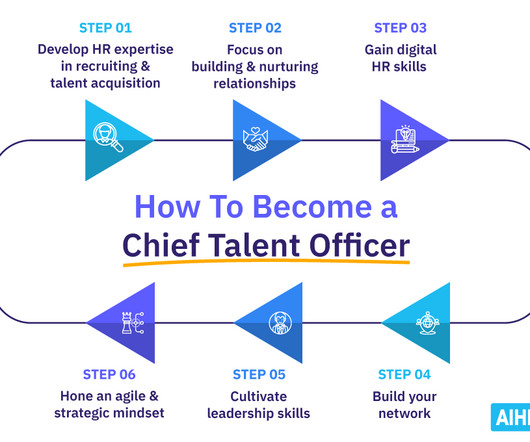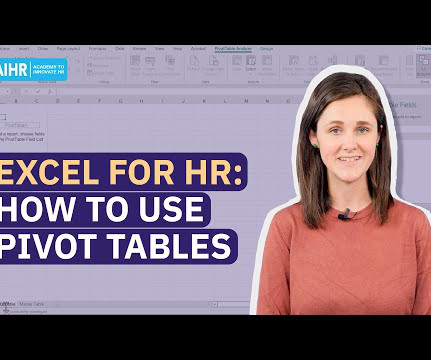Harnessing Data in HR: Role of Recruitment CRM in Driving Informed Decisions
HR Shelf
AUGUST 24, 2023
For human resource (HR) professionals, harnessing the power of data is essential for recruitment success. According to LinkedIn’s Global Recruiting Trends 2021, 73% of recruiters and hiring professionals depend on data for insights and intelligence. Role of Recruitment CRM in Human Resource 1.






















































Let's personalize your content